11 Must-Try Waterfall Hikes in Los Angeles
All waterfall hikes in L.A. have one thing in common—unbeatable views of terrific cascades. Here are the ones to try next.
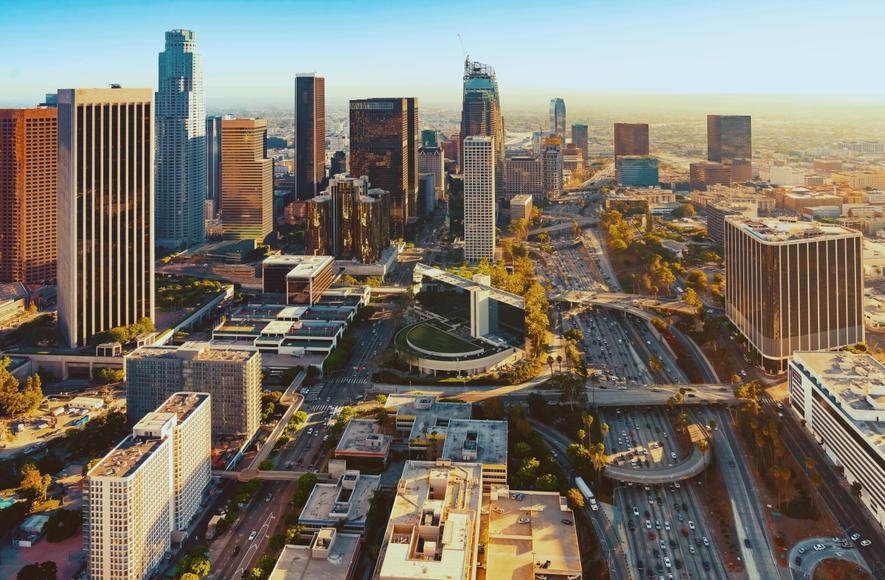
Los Angeles (also known as the City of Angels, La La Land, and the Big Orange) is the majestic city not only known for its numerous nicknames, but also for its countless architectural gems. Famous architects—including Frank Gehry, Renzo Piano, and Richard Meier—helped design many of the city's buildings, constructing a wondrous cityscape with architectural styles ranging from Southern California’s desert-modern aesthetic to Art Deco's sleek, linear appearances. A combination of visual impact, historical significance, and public accessibility makes the buildings in L.A. remarkable. So, stroll through the city streets to discover the captivating Los Angeles architecture.

Does your business rank among the best in California?
nominate a businessLearn more about our selection criteria and vetting process.
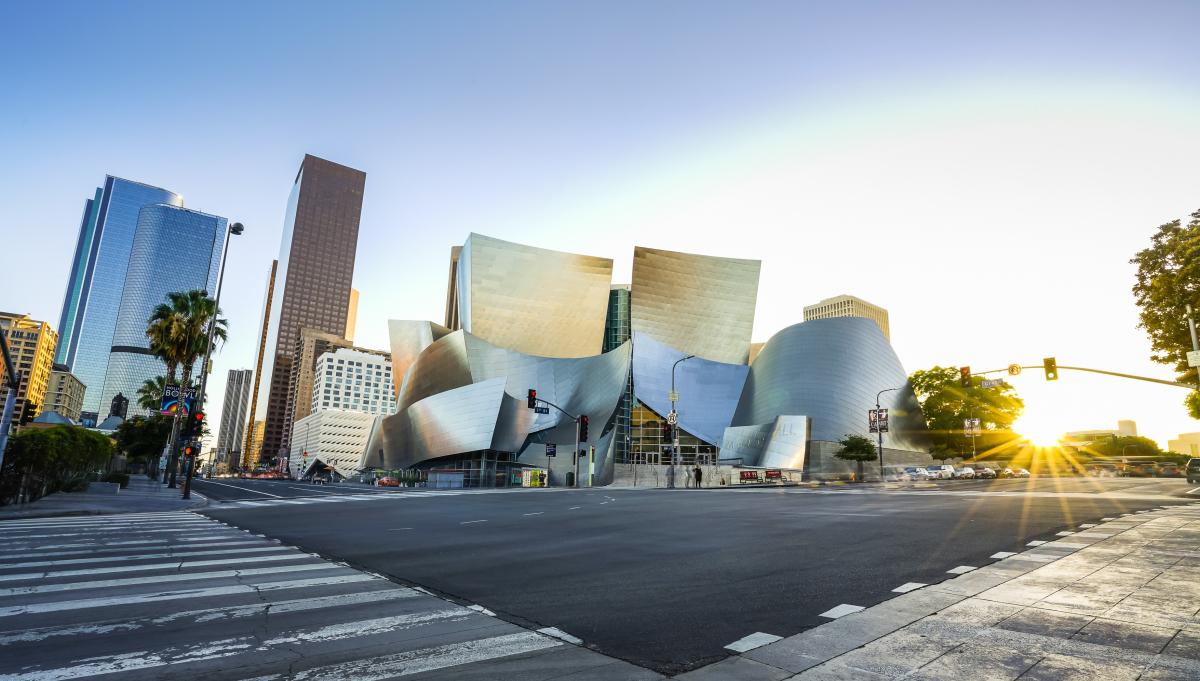
Location: 111 South Grand Avenue, Los Angeles
Designer: Frank Gehry
Located in downtown L.A., the Walt Disney Concert Hall was designed by American-Canadian architect Frank Gehry, who wanted the building to resemble a ship sailing down Grand Avenue with enormous silver sails. Completed in 2003, the hall received praise for its remarkable acoustics and unique architecture.
One of the best features of the Walt Disney Concert Hall is that visitors can scale (well, not actually) the building: Stairways and walkways allow you to climb up and around the sweeping, stainless-steel sails so you can enjoy the ultimate photo sesh in Los Angeles. Pick between self-guided audio tours or hour-long guided tours of the concert hall to learn more about its rich history and marvel at its beauty.
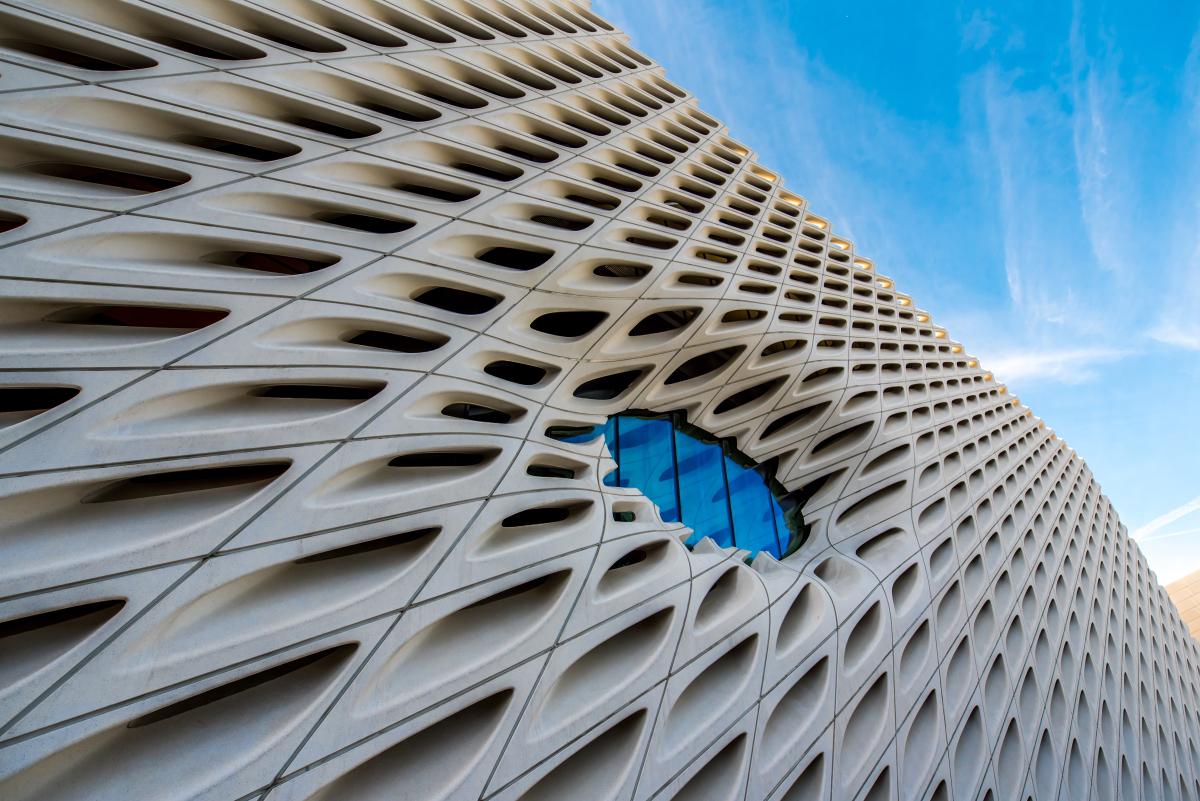
Location: 221 South Grand Avenue, Los Angeles
Designer: Diller Scofidio + Renfro Studios
From the Walt Disney Concert Hall, take a two-minute walk down the street to The Broad contemporary art museum, which opened its doors in 2015. (The building’s exterior is often said to resemble a large white cheese grater—rather appetizing, don’t you think?) Make sure to take note of the “veil and vault” effect that Diller Scofidio and Renfro Studios so carefully incorporated. The veil is The Broad’s airy, honeycomb-like shell, which "covers" the heavy, opaque vault made up of archival spaces; this architecture is porous enough to let sunlight in while avoiding exposing the art to direct sunlight. The building's structure juxtaposes modesty with opulence as well as darkness with light.
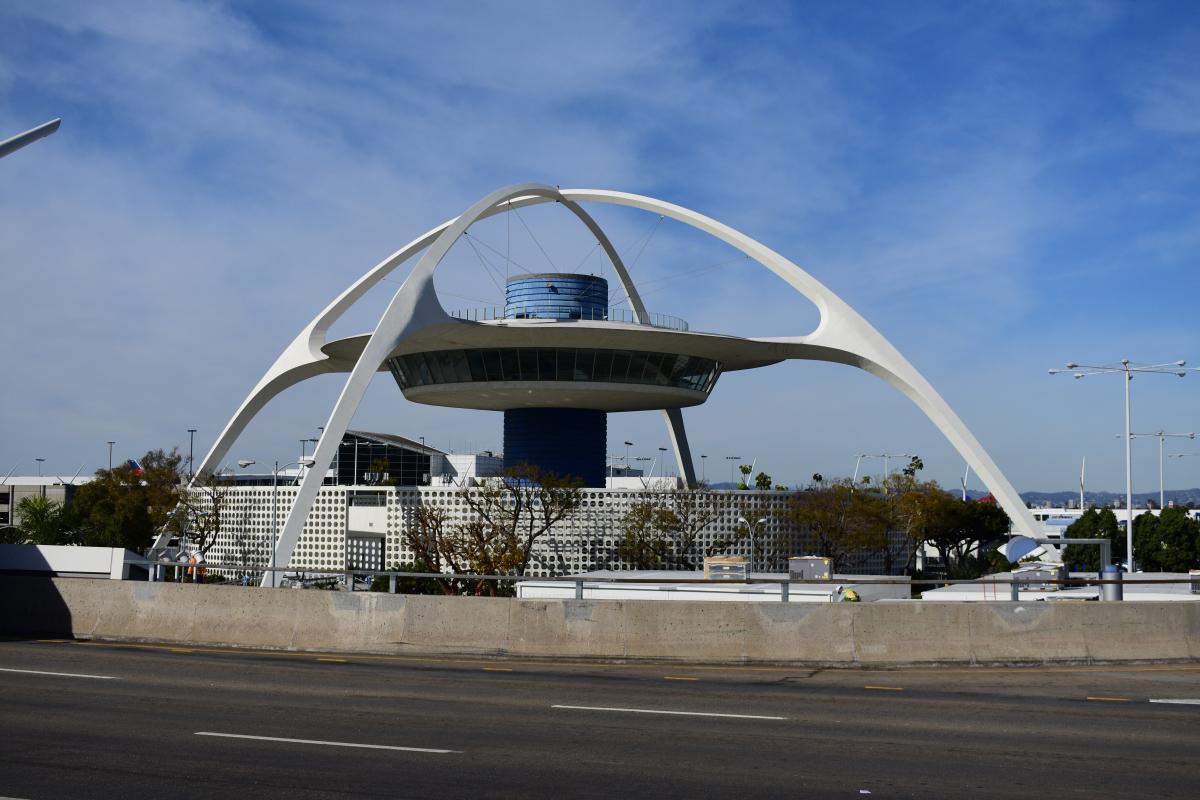
Location: 201 World Way, Los Angeles
Designers: Paul R. Williams, Charles Luckman, Welton Becket, William Pereira, Gin D. Wong
Built in 1961, this distinctive space-age structure looks like a scene straight out of Star Wars. The Theme Building at Los Angeles International Airport (LAX) pays tribute to one of the most iconic and noteworthy eras: the Space Age. The architectural firm Pereira and Luckman took the lead in designing both the edifice’s original and revised sketches. The structure features UFO-like restaurants, such as the Encounter Restaurant, where you can go for an intergalactic feast. The Theme Building is considered a prime example of futuristic design—yet more proof of just how much Los Angeles is ahead of its time.
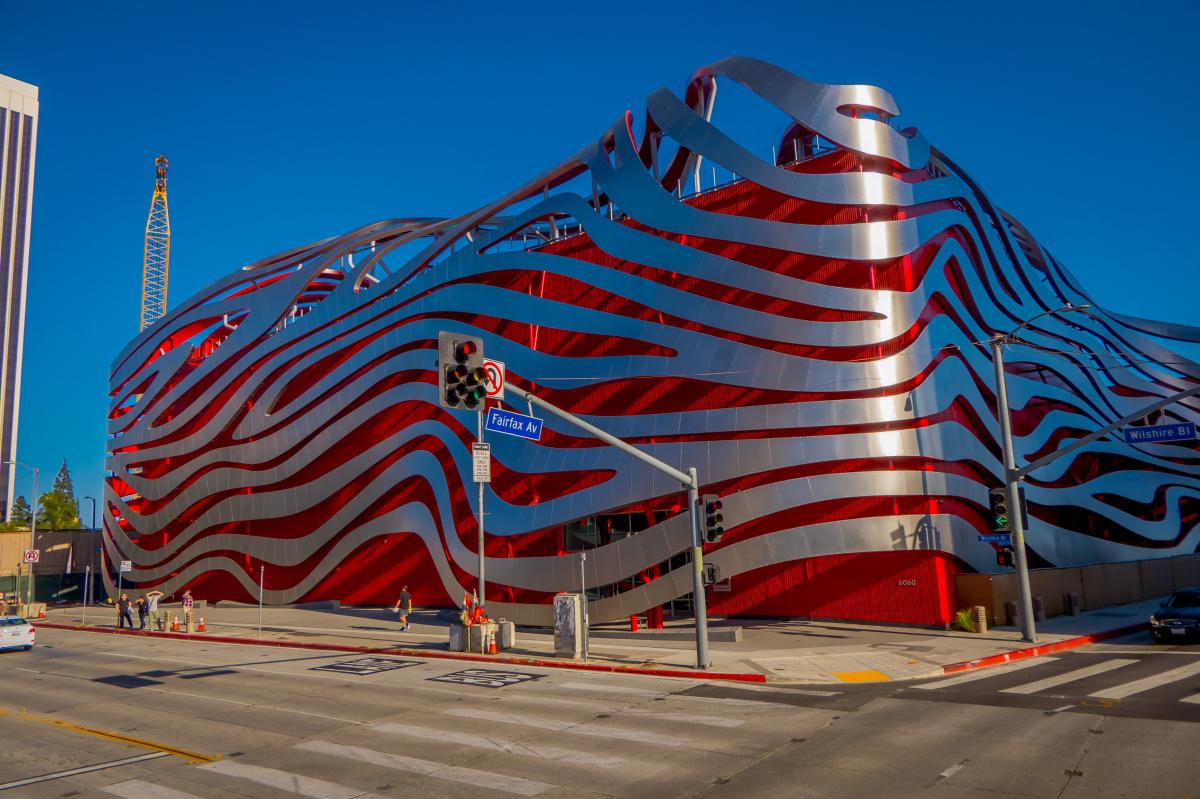
Location: 6060 Wilshire Boulevard, Los Angeles
Designer: Architecture firm Kohn Pedersen Fox
If you're a total gearhead, this top California car museum is your dream come true. After a complete makeover, the Petersen Automotive Museum was transformed into an exemplary example of the best architecture in Los Angeles. The structure’s exterior, featuring 308 metallic strips over a gigantic red box, was remodeled by the renowned American architecture firm Kohn Pedersen Fox Associates. At night, the colors and shapes around the building light up from the inside to highlight steel carvings acting as a buoy on the famous Miracle Mile—a more-than-suitable home for such a magnificent collection of cars.

Location: 1200 Getty Center Drive, Los Angeles
Designer: Richard Meier
The Getty Center is perched on a distinctive hill extending southward from the Santa Monica Mountains and is known for boasting some of the most famous architecture in California. The center is comprised of the J. Paul Getty Trust’s seven distinctive components, which include the Getty Research Institute and the Getty Museum—one of the top L.A. museums.
The Getty Center is spread across a 100,000-square-foot area that's built along two ridges. The main museum is essentially the entrance of the center. The lobby is sunlit, with a circular foyer offering ample views of the courtyard and gallery. Visitors will be swept off their feet by the main entrance’s elegance, draped in off-white, glossy-coated aluminum panels.

Location: 6925 Hollywood Boulevard, Hollywood
Designer: Principal architect Raymond M. Kennedy
Also known as the TCL Chinese Theatre, Grauman’s Chinese Theatre has swiftly become one of the staple buildings showcasing Los Angeles architecture. The splendid Grauman's Theatre has been integral to Hollywood's culture for more than 90 years, serving as a coveted locale for film premieres. The edifice stands 90 feet high, with two humongous red columns supporting the entrance gate’s bronze roof. Guarding the theater and hanging right above the gate is a 30-foot tall dragon carved in stone.
Celebrities (and their fans) can often be found at the theater's various events and functions, such as the well-known Imprint Ceremonies. The TCL also features tours showcasing stories and fun facts about the theater's historical significance.
Location: 833 North Kings Road, West Hollywood
Designer: Rudolph Schindler
Rudolf Schindler was one of the trailblazers of the modernism movement in California. Schindler House Los Angeles is an absolute masterpiece of residential real estate. Schindler combined his architectural vision with his wife's revisionist views to create this distinctive structure. Relinquishing all forms of conventional living, the estate made do without a standard living room, dining room, or bedrooms. The L-shaped Schindler House was constructed as a cooperative living/workspace for the Schindler and Chase families—there were communal gathering spaces and a shared kitchen.
Location: 203 North Chautauqua Boulevard, Pacific Palisades
Designer: Charles and Ray Eames
Known as Case Study House Number Eight, the Eames House was one of about two dozen houses built as part of the Case Study House Program, a postwar housing initiative by Arts & Architecture magazine that invited prominent architects to experiment with American residential architecture. The mid-century modern architectural estate was built by designer couple Charles and Ray Eames as their home and workspace. Surrounded by nature and offering plenty of sunshine, the house remains a great place to find inspiration for designing a space perfectly suited for both lounging and working. The Eames House has long since become a popular Los Angeles landmark and indubitably the most successful of the Case Study houses.
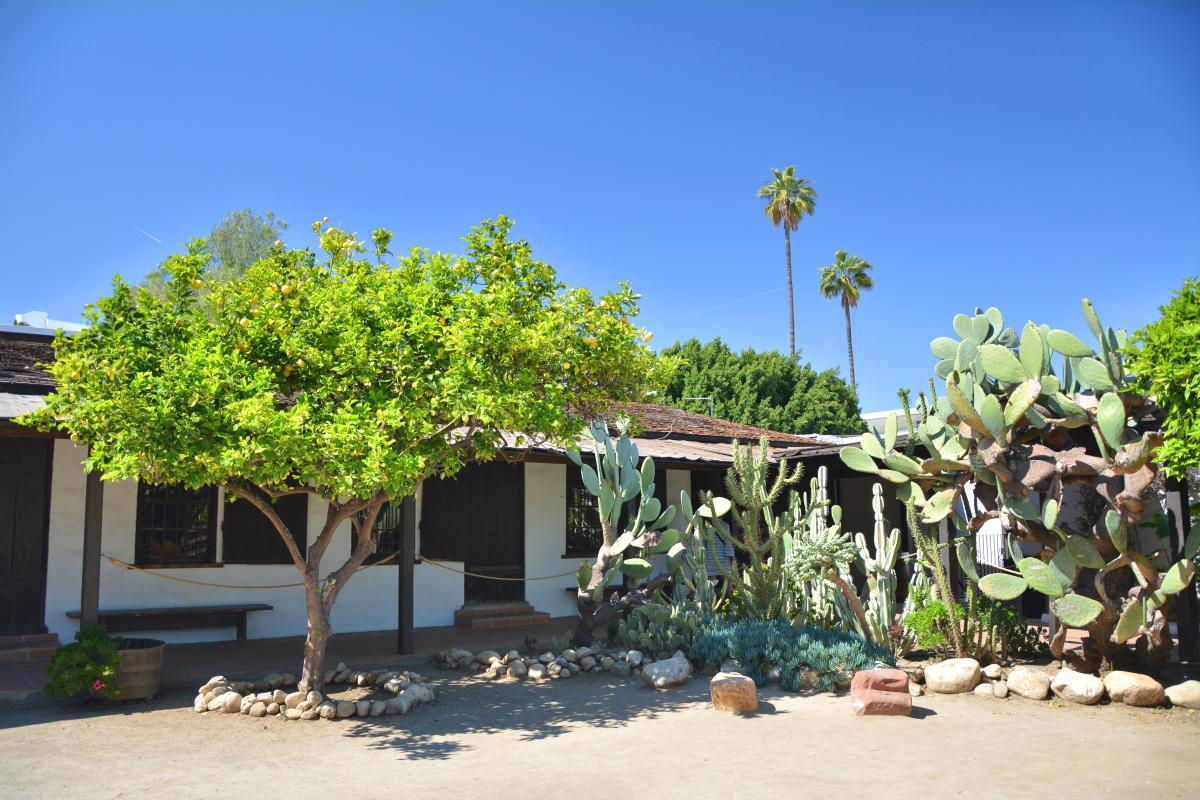
Location: 10 Olvera Street, Los Angeles
Designer: Francisco Ávila
Built in 1818, the Avila Adobe is the oldest standing house in Los Angeles and is recognized as a California Historical Landmark. The house served as a military headquarters in the late 1840s before becoming the home of Franco’s descendants. Avila Adobe boasts an intriguing interior design portraying the coveted California lifestyle of the 1940s. The building’s exterior is marked with adobe brick—hence its name—consisting of clay, water, and other organic materials.

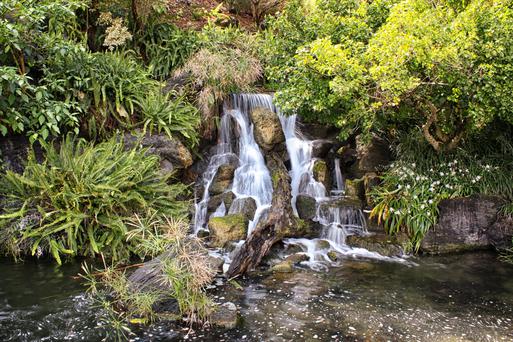
All waterfall hikes in L.A. have one thing in common—unbeatable views of terrific cascades. Here are the ones to try next.

Discover how to track and prepare for meteor showers in California for a spectacular celestial viewing experience.

Ditch the busy Spring Break crowds and check out these fantastic, underrated spring travel destinations in California.

Gaze into California's amazing sunsets with our exploration of the top sunrise spots in California.

